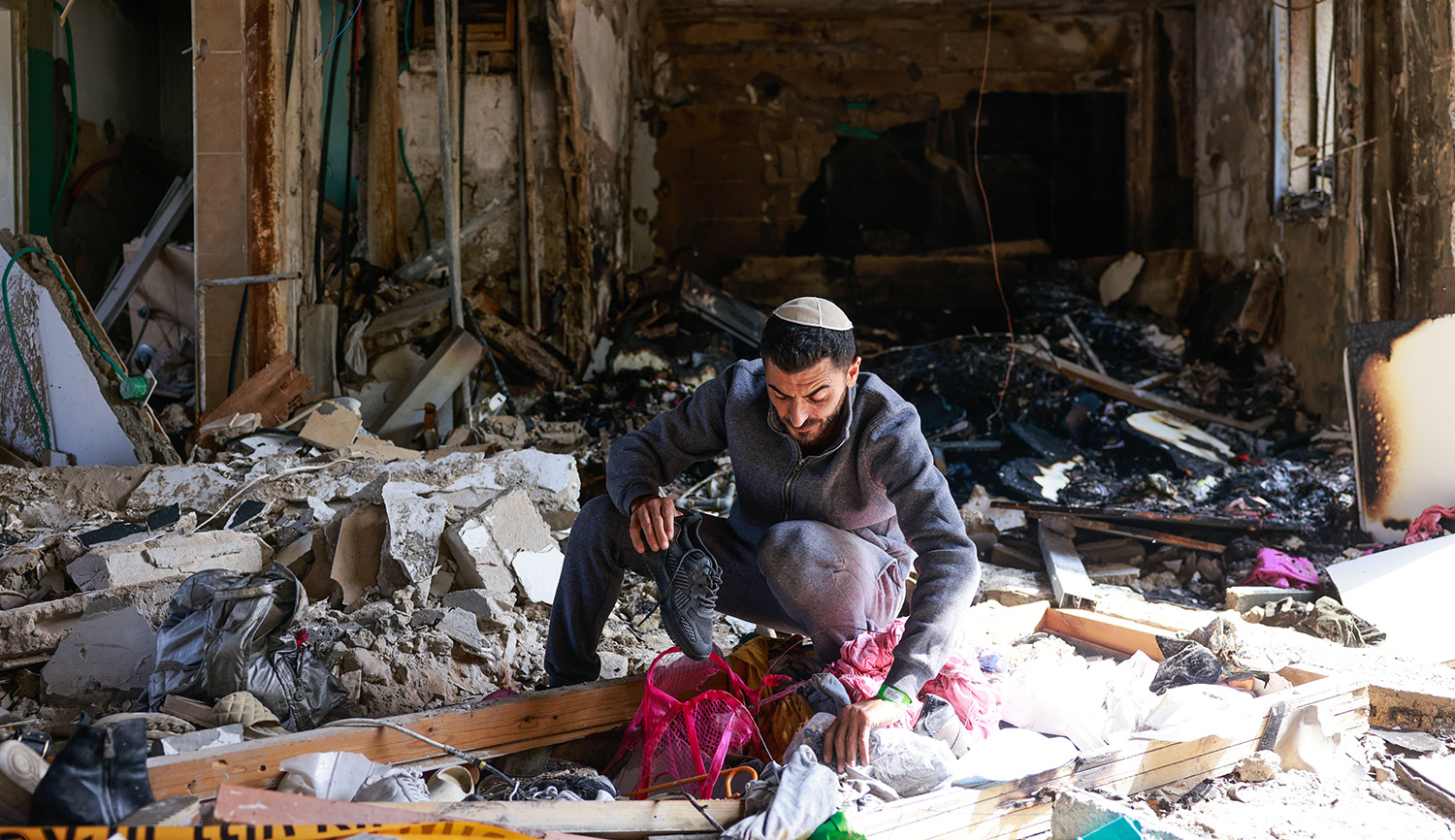From the penitential prayers (sliḥot) said in the weeks before Rosh Hashanah, through the elaborate High Holy Day liturgy, through the hosannahs and prayers for rain said on the ensuing festivals of Sukkot and Shmini Atseret, the synagogue service of this time of year is filled with piyyutim (liturgical poems). These post-talmudic and medieval compositions tend to be laden with allusions and obscure vocabulary, and are notoriously difficult to translate. Yosef Lindell looks at the various attempts to render them into English, and the controversies these engendered:
English translations of the siddur appeared as early as the 18th century in England. But our story begins with a remarkable six-volume translation of the Ashkenazi maḥzor [holiday prayer book] published in London between 1904 and 1909. The project, often called the Routledge after its publisher, was the brainchild of Arthur Davis (1846-1906), an engineer from Derby who despite having no formal Jewish education dedicated all his free time to Jewish learning and scholarship. According to Herbert M. Adler, a lawyer who took over the maḥzor project after Davis’s death, Davis translated the maḥzor because he realized “the inadequacy of existing English renderings to express the form and beauty of the compositions that make up the Jewish liturgy,” and wanted a translation “more worthy of the original.”
Other piyyutim in the maḥzor were translated by Israel Zangwill (1864-1926), a novelist, playwright, controversial Zionist, and perhaps the best-known English-speaking writer in the Jewish world at the time.
While Davis, Zangwill, and their collaborators tried to preserve the prosody of the originals even at the expense of fidelity to their literal meaning, the American Judaic scholar Philip Birnbaum felt otherwise:
Birnbaum took Hebrew very seriously. He was on the board of the Histradrut Ivrit of America, a Hebrew literary society, and contributed to the Histadrut’s weekly magazine ha-Doar for decades. Birnbaum had a thoroughly different approach to translation from Arthur Davis and his collaborators: plain, simple, and literal. In his introduction to his siddur, he wrote, “A good translation ought to be authentic and free from deceptions. One must not read into the original what is not there. No new poetry should be introduced into the siddur presumably as the translation of the Hebrew text.”
More about: American Jewry, Anglo-Jewry, High Holidays, Piyyut, Siddur, Translation


